WTB Vulpine Tires: Checkpoint – by Guitar Ted
The resurrected name of “Vulpne” in the WTB tire range came as a bit of a surprise here. That WTB chose to use this as a way to introduce a skinny, lower volume tire was also a bit of a surprise. Now with a bit over a month and a half on these tires I have uncovered more surprising things about the Vulpine.
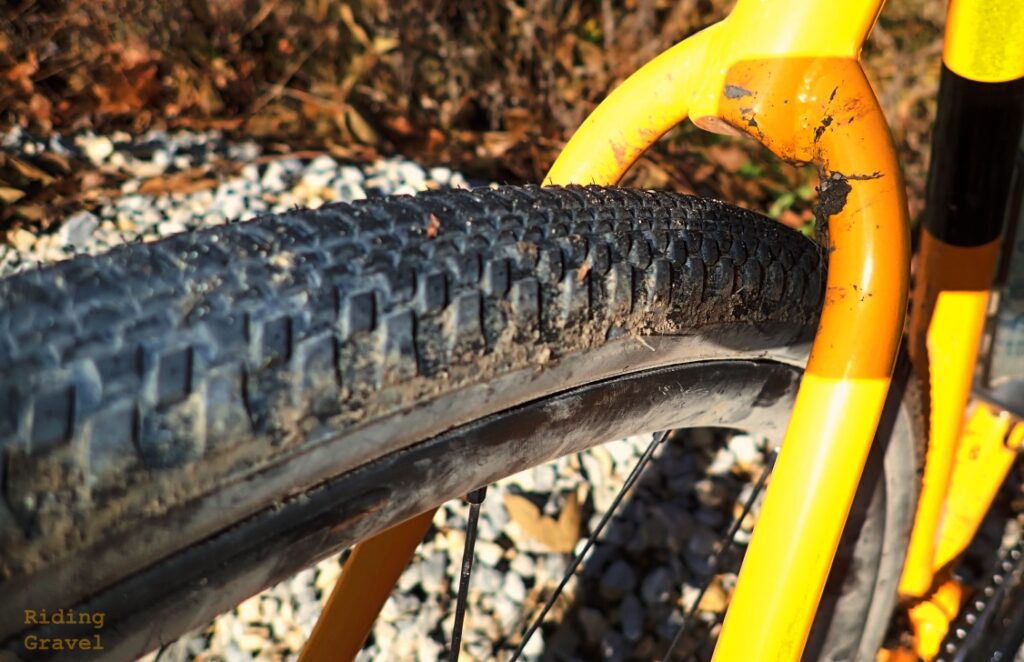
But before I delve into that, if you missed the opening article on the Vulpine, you can see that here. There you will see all the details on the Vulpine and be able to get a clue as to what I have experienced with the Vulpines so far. Okay, now on to an update first….
I decided to pull the wheel set from the geared Noble GX5 bike and I swapped them into the single speed Twin Six Standard Rando. Then I mounted up the 700c X 40mm WTB Byway tires on another wheel set which I put on the Noble Bike. Then I did a roll-down test using those two tires and the recently tested American Classic Wentworth tires. Each tire and wheel set was checked for air pressure and run multiple times down the same course which used a paved sector and a gravel sector separately. I did the tests on multiple days. Wheels were switched out for each run. With all that said, this wasn’t necessarily a test I could say was super-precise. So what it is, but I did learn a few things which I found surprising.
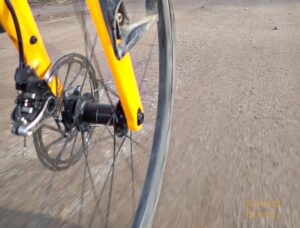
First of all, what I thought the Byway would show versus the new Vulpine turned out to be the exact opposite of my expectations. I thought the Byway would out-roll the Vulpines on pavement and not do as well on gravel, but the Vulpine out-rolled the Byways every time. While the distances were close- within a few feet of each other – the Vulpine always out-rolled the smoother Byway on pavement and the By-way out-rolled the Vulpine on gravel by a like distance or even greater.
Supposedly these are similar casings on the WTB tires with both being 120TPI SG2 puncture protected tires. So, I have no guesses as to why it was the way that it was, but just that it is. My takeaway is that WTB says the Vulpine is fast on hard surfaces and by my testing I’d have to say that shows up in the real world. On gravel the Vulpine isn’t what I would call a slow tire, not by any stretch. I think the volume of the Vulpine is what holds it back on loose gravel, or deeper terrain. But other than this, I found the Vulpine continued to impress me with its smooth ride quality and capability over medium to smoother gravel where that fast roll on hard surfaces comes more into play.
This was exemplified recently when I completed a metric century ride recently. This ride featured dry, dusty roads mostly devoid of loose gravel. The Vulpine rolled quick and comfortably here and with the minimalist tread, standing climbing, cornering, and stopping/slowing down were all done with control and security, over and above what I have experienced with the Byway or tires with a file tread pattern.
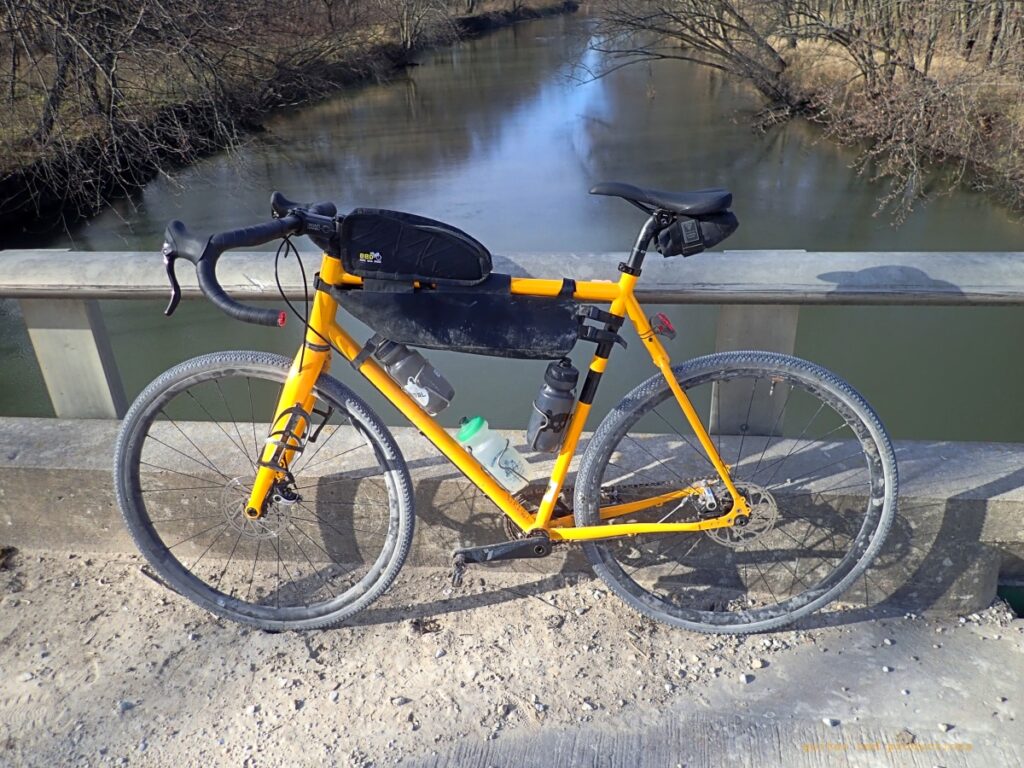
So Far… What we have here is a new tire from WTB with an old name that has a new mission: Be fast on gravel. I’ll have to admit that the 36mm casing handled loose gravel better than I thought it would. Oddly, the Vulpine isn’t as fast a rolling tire on gravel which is loose, chunky, and deep as other tires with similar width. However; once you get out of situations where the terrain is loose and deep, the Vulpine begins to show up as a fast, controllable tire. Paved surfaces are done with a fast roll, so if you mix paved and gravel roads on the same ride, this could be a tire that does it all for you.
I’ll be back in a few weeks with my final word on the Vulpines after I switch them over to a different set of wheels. Stay tuned…
Note: WTB sent over the SG2 Vulpine tires to Riding Gravel for test and review at no charge. We were not paid nor bribed for this review and we always strive to give our honest thoughts and reviews throughout.


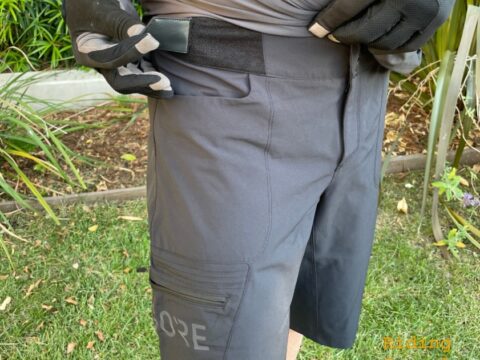
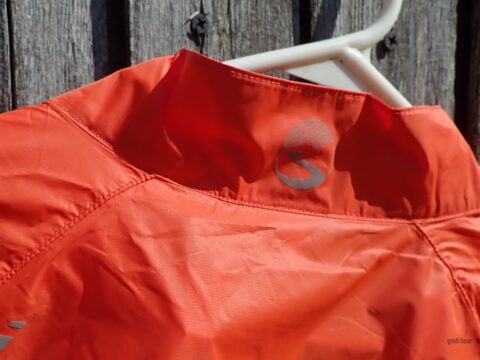
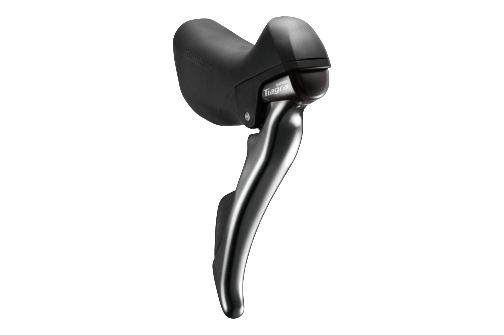
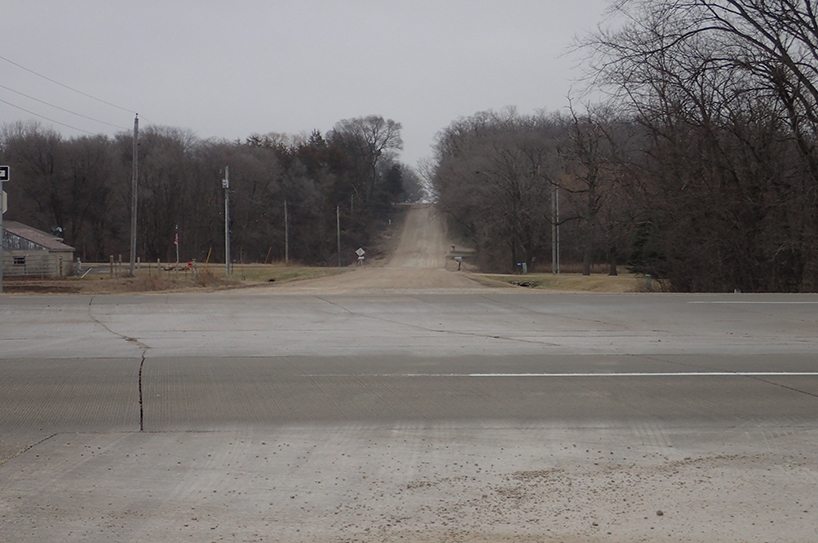
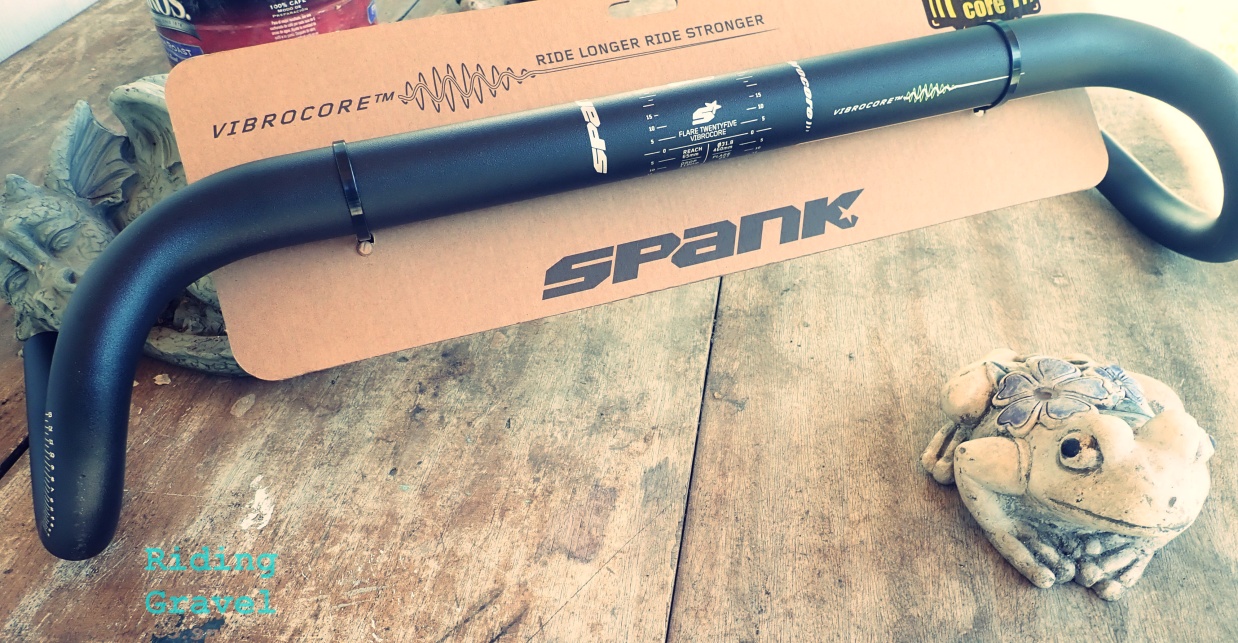
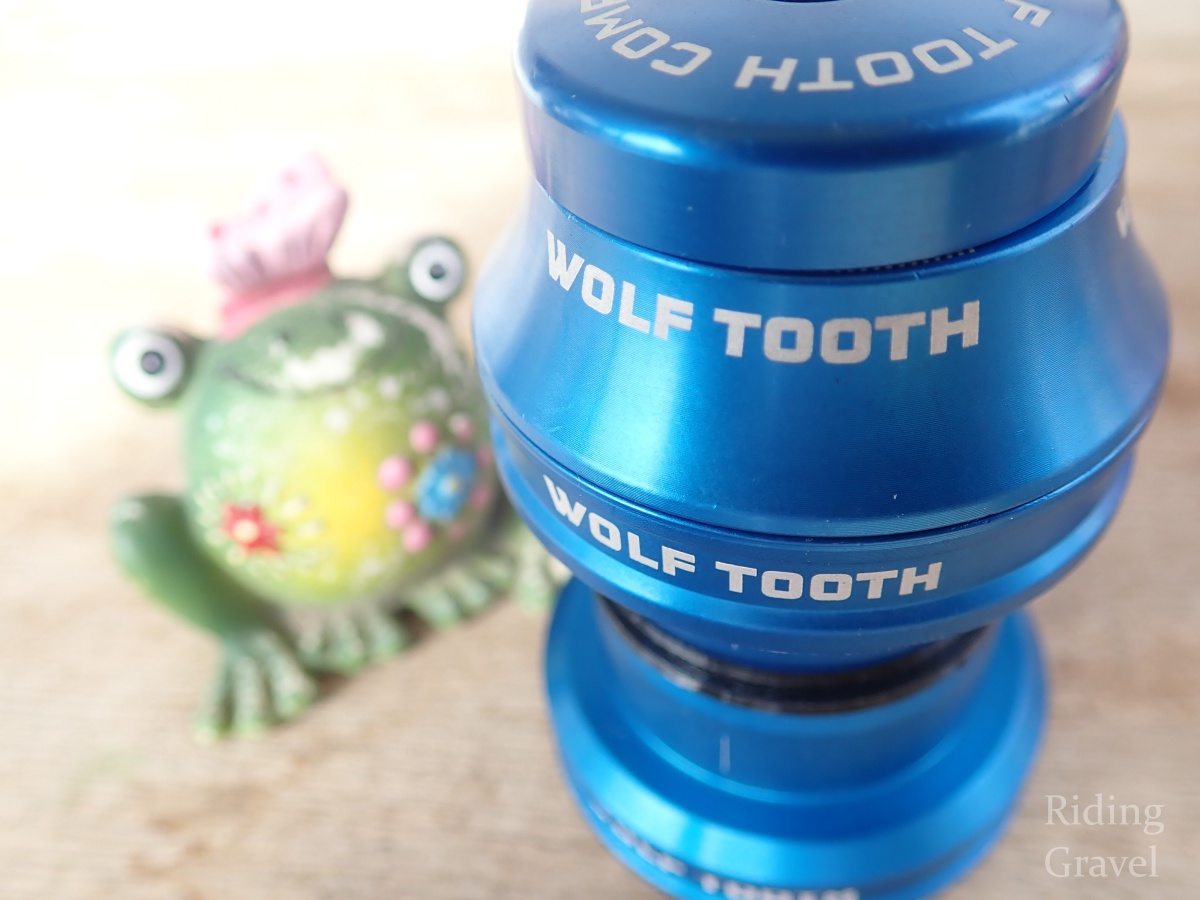
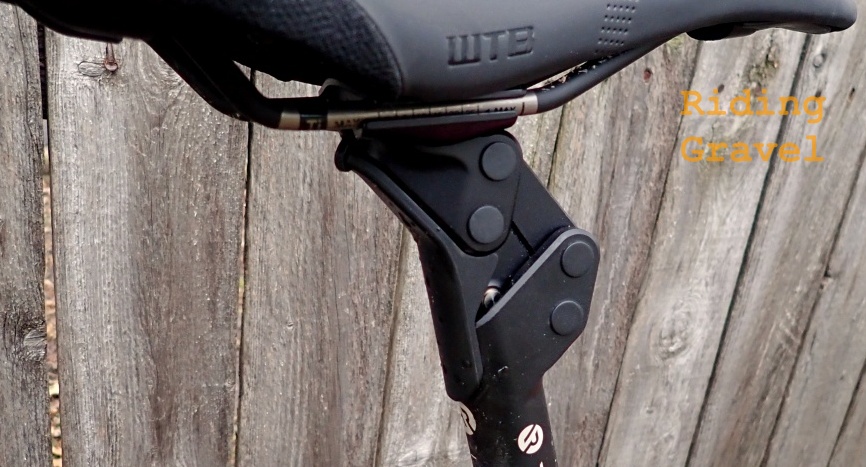
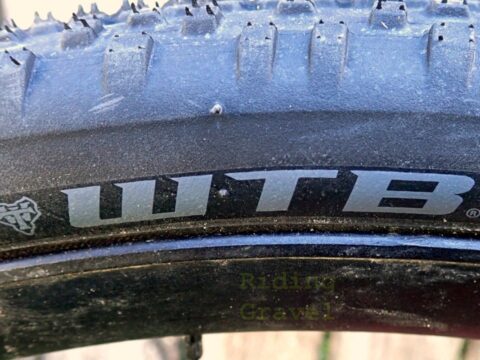

Thanks for the thoughtful review so far, as always. Would be interested in how you think these compare to the Resolutes, which you also found rolled surprisingly well on hard surfaces. Obviously in a different size class, but both appeal to me as a versatile tire where the rides are half paved and gravel fairly tame.
@Peter Witucki – This will depend upon how much tire volume you require or want. The 36mm Vulpine, (really a 38mm tire, by the way), is really quite nice not only for rolling resistance, but in ride feel also. For an SG2 puncture protected tire, it is the best of the lot of SG2 tires I have tried so far. (I’ve ridden the Reso SG2, not as nice as the Vulpine)
So, if a skinnier tire is okay, I’d go Vulpine all day for your situation.
I currently run GK SS 38mm. And ran Byway 40 (38mm IRL) before that. Always interested in semi-slicks. So are you saying these measure the same 38mm width as the Byways? C’mom WTB, get sizing within your own tire range right please.
@smoothmoose – Well, it is going to stretch somewhat- all tires do a bit. Some more than others. Then you have tires marked as 40’s which are really 38’s. So, that’s when I get a bit disappointed.
Tires are textile/rubber constructs and by their very nature will stretch and not be 100% consistent. I don’t see how this could be rectified without completely changing materials or without adding excess weight.
I am also running the 36mm Vulpines and on a 19mm rim they are 35.7mm. So they seem to be pretty true to size (so far) as I expect to see 36mm and change on a more typical 21mm rim.
gg